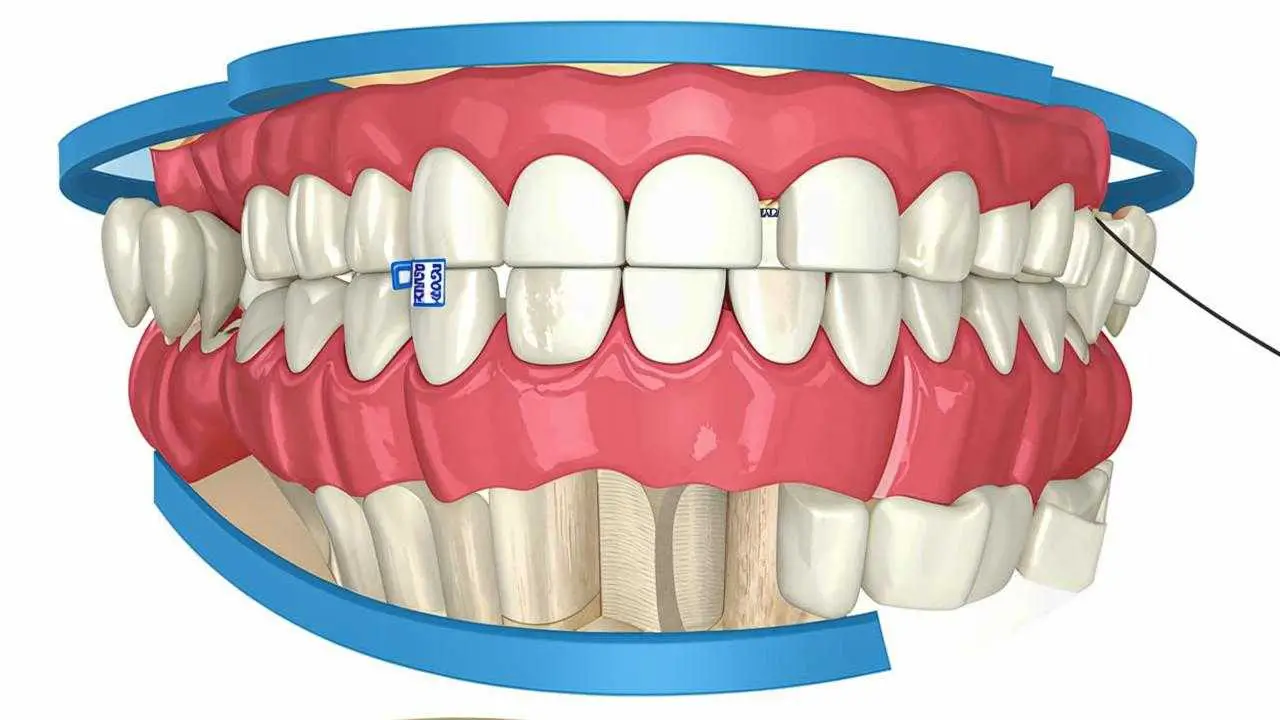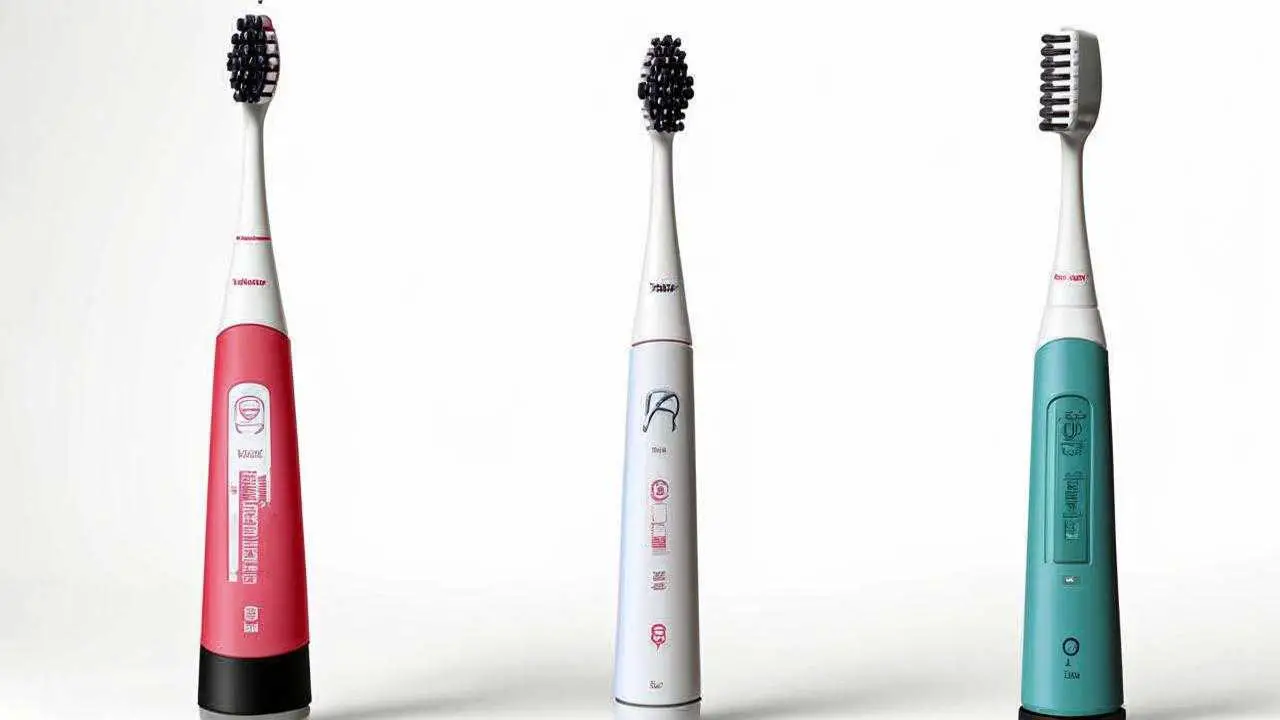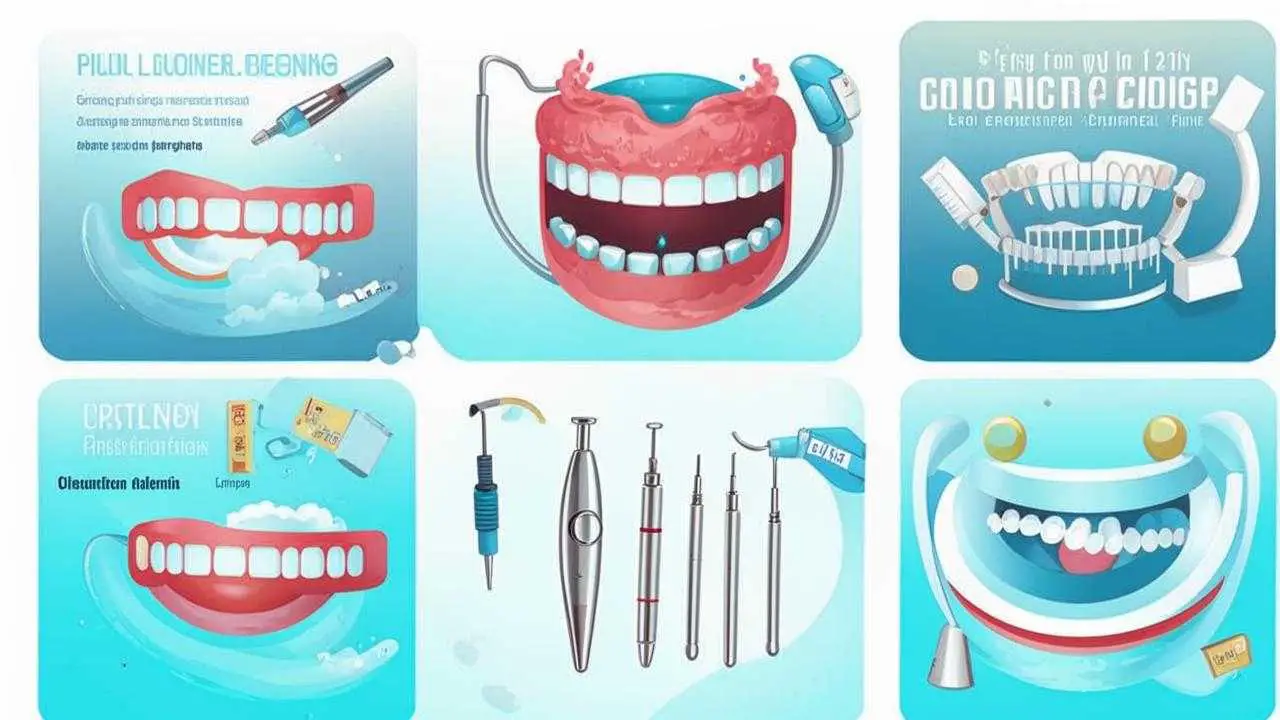وقت القراءة ~ 7 min عدد القراءات: 117407
Tartar forms when soft bacterial plaque settling on the teeth and interdental spaces hardens. Usually, hard deposits occur on units less involved in chewing. The main reason for the formation of stone on the teeth is insufficient hygiene, the use of poor-quality brushes, pastes.
Externally, it is a dense dark deposits on the enamel, more pronounced on the chewing surfaces, in the interdental spaces, on the inner surface of the teeth. Subgingival calculus is formed in the root area of the tooth, under the gums. It can only be detected by a doctor. How to get rid of tartar is to visit a dental hygienist every 6 months for a professional cleaning.
In the network of RUTT clinics in Moscow, professional cleaning is performed by experienced hygienists who use materials, compositions, and technologies that are safe for enamel. Doctors delicately remove dental deposits of any type, paying special attention to areas under the gum, between teeth, contact surfaces. The complex includes elimination of bacterial plaque, hard deposits, strengthening, polishing enamel with special pastes.
Causes of tartar formation
- Poor oral hygiene;
- uneven chewing of food (habit of chewing on one side);
- smoking;
- Constant consumption of coffee, black tea;
- predominance of baked goods, fast carbohydrates, sweets, soft foods in the diet;
- metabolic disorders;
- bite defects;
- increased viscosity of saliva.
The rate of plaque formation is different for everyone, but the factors described above contribute to the faster formation of deposits. A soft bacterial film turns into a hard, stony structure in about 5-6 months. It is impossible to remove tartar at home, especially when it comes to dense mineralized sub-gingival deposits.
How tartar forms
Bacterial film begins to form on the surface of the teeth already 2-3 hours after hygienic cleaning. Microorganisms inhabiting the oral cavity, using carbohydrate residues, gradually “build” microcrystalline lattice, already more resistant to the effects of brushes and pastes. If you ignore daily hygiene or poorly clean teeth, avoid professional cleaning, soft deposits mineralize, turn into hard stony plaques.
Quickly get rid of stones on the teeth at home, you can only at the stage of soft plaque. Here it is more correct to talk about the prevention of the formation of stony deposits from the bacterial film. It is impossible to cope with mineralized plaques independently. Tartar cannot be brushed off or destroyed with an irrigator. Hard mineralized plaque – favorable conditions for the rapid multiplication of pathogenic bacteria, the spread of caries.
How to remove tartar at home
Soft bacterial film is easy to remove independently. To do this, use:
- ordinary toothbrushes with abrasive paste – plaque is eliminated in all areas where the brush reaches;
- electronic brushes with an ultrasonic wave generator that destroys plaque;
- brushes with rotating heads, which are able to clean the tooth row, including hard-to-reach areas.
There are various folk ways to clean tartar at home. For this purpose, baking soda, lemon juice, hydrogen peroxide, radish juice, decoctions of herbs are used. All these methods are ineffective, doubtful and dangerous:
- abrasive crystals of soda, salt damage enamel, leave cracks on it;
- vinegar solution, hydrogen peroxide penetrate deep into the structure of the enamel, destroy it, can provoke a burn of the mucosa;
- lemon juice, black radish can slightly soften hard mineralized deposits. But they wash out the enamel calcium, making it more fragile, sensitive;
- coconut oil, tea tree oil, aloe vera, banana peel freshen breath, effectively remove bacterial film, due to disinfectant effect eliminate inflammation, contribute to the strengthening of the gums, but do not clean teeth from hard mineralized deposits;
- decoctions of medicinal herbs have a beneficial effect on the gums, but they can not cope with hard stone.
It is impossible to find an effective remedy for removing tartar at home. An attempt to soften mineralized deposits with a mixture of black radish with lemon juice or another source of organic acid will not lead to good, but will increase the sensitivity of enamel, provoke inflammation of the soft tissues of the gum. Regular use of such mixtures will lead to the leaching of calcium from the surface layer of enamel, which entails the appearance of cracks, chips, wedge-shaped defects. Only professional hygiene offers effective ways to remove tartar.
Professional hygiene methods
The complex of professional hygiene includes 4 procedures that are performed sequentially, complementing each other:
- Ultrasonic cleaning – the doctor affects the teeth with an ultrasonic scaler, while simultaneously delivering a sterile liquid. Under the action of ultrasonic micro-vibrations bubbles are formed, which collapse crush and peel off supra-gingival, sub-gingival deposits. Crushed fragments are easily removed by mechanical attachments, without damaging the hard dental tissues.
- Removal of soft plaque with Air Flow system – a pressurized dental unit delivers a mixture of water and abrasive powder to the tooth row, destroying plaque. The fine powder gently polishes enamel and existing restorations. The procedure can be used both in a complex and independently.
- Polishing – after removing all deposits, the surface of the teeth ispolished with nozzles with abrasive paste. Polishing agent is selected individually, based on the condition of enamel, presence and condition of restorations. After polishing, the surface of the teeth becomes perfectly smooth, which reduces the likelihood of rapid formation of new deposits, prevents tooth decay.
- Strengthening – a special remineralizing agent (fluorolac) is applied to the enamel, strengthening it and reducing sensitivity. The product forms a protective, antibacterial barrier, preventing the accumulation of bacterial plaque.
It is impossible to get rid of tartar on your own. Only a professional comprehensive approach minimizes dental problems, guarantees the health of teeth and gums,
Advantages of a professional approach
- Natural brightening of enamel by 2-3 tones;
- Safe removal of supra- and sub-gingival deposits, protection of teeth and gums;
- elimination of bleeding gums, elimination of bad odor;
- preventing the formation of new plaque (thanks to polishing the enamel);
- strengthening the structure of enamel.
Removing tartar at home is ineffective and potentially dangerous. Dental hygienist selects the intensity of exposure, the level of abrasiveness, the tactics of hygienic cleaning, taking into account the peculiarities of the clinical picture.
الوقاية
- Daily quality care for teeth – thorough brushing in the morning and evening, use of rinse, irrigator, floss.
- Choosing the right brush, pastes, rinses. Select hygiene products will help the dentist at the consultation.
- Regular checkups at the dentist, professional cleaning (2 times a year).
Is it possible to remove tartar on your own? No! But doctors of the RUTT clinic in Moscow will do their best to make the procedure of hygienic cleaning without discomfort for the patient. The clinic is equipped with ultrasonic scalers, Air Flow devices of the latest generation, which gently clean every millimeter of the tooth row from deposits of any type. Gentle, finely dispersed powders, mineralizing gels neutral for enamel and oral mucosa are used. Duration of the procedure – 40-60 minutes. It is absolutely safe, does not cause pain, discomfort. With high tooth sensitivity, denudation of the root area use anesthetic gel.



